Panda 4x4 vs Gatescarth Pass in the Lake District
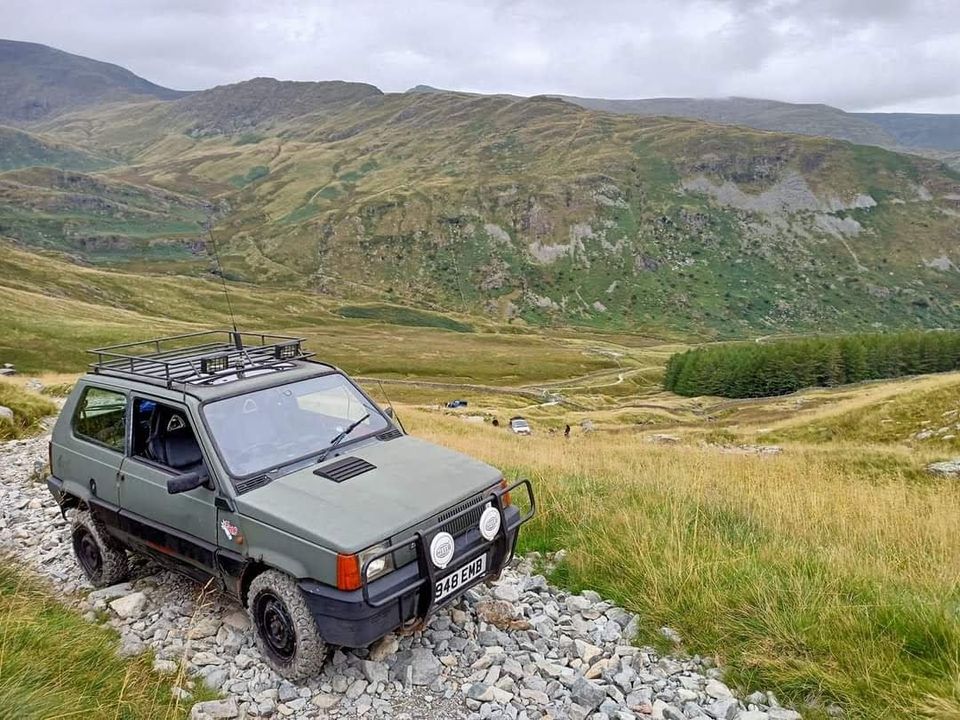
Can a Panda 4x4 make it across the Gatescarth Pass, allegedly the most difficult green lane in the Lake District? In September 2021, Ben and I decided to find out.
The Gatescarth Pass is an ancient trading route between Haweswater Reservoir and Sadgill in the Lake District. Rising steeply from the car park at Mardale Head, it reaches an altitude of 2000 feet (590 meters) and weather conditions can be severe. In a 4x4, it can only be travelled from north to south to reduce damage and avoid traffic issues.
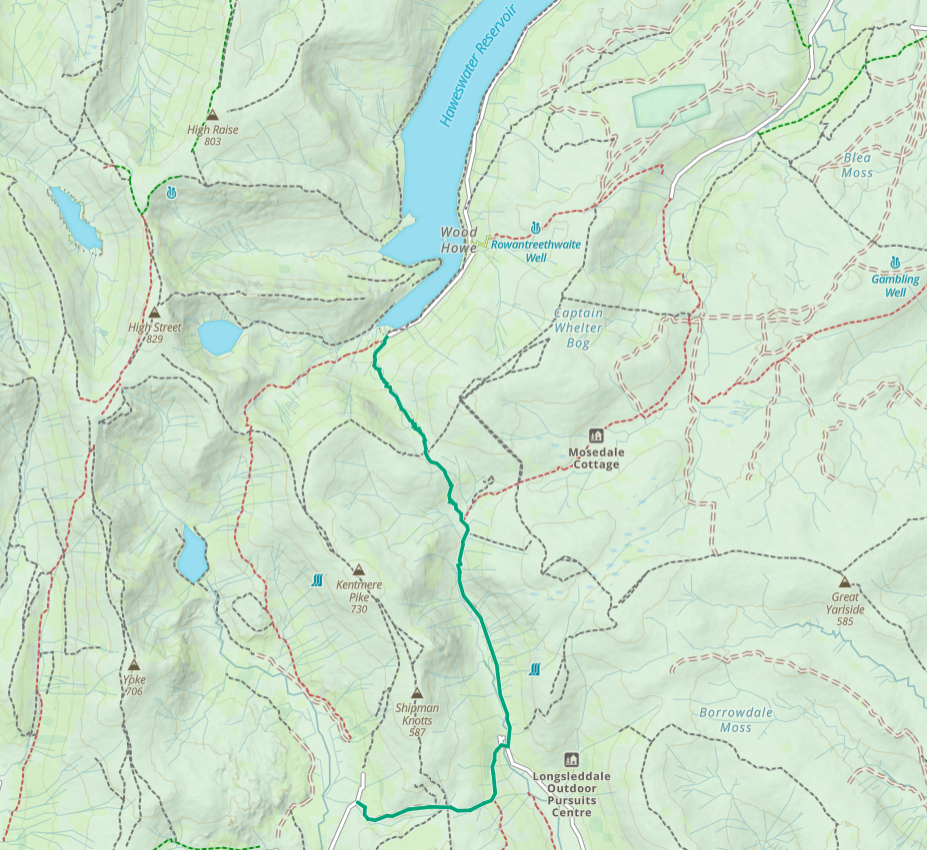
The pass is just under 4 miles long in total if you include both the permit section (NY4707-02) and the non-permit section (NY4805-01) that leads down into Sadgill. Despite the relatively short length, crossings generally take between two and six hours which gives some indication of the challenge you will face.
The northernmost section is only open to vehicular traffic one day each month, and then only during the summer. In order to gain access, you need to apply for a permit - numbers are strictly limited, and there are restrictions on the types of vehicles that are permitted - this is to minimise damage to this fragile green road.
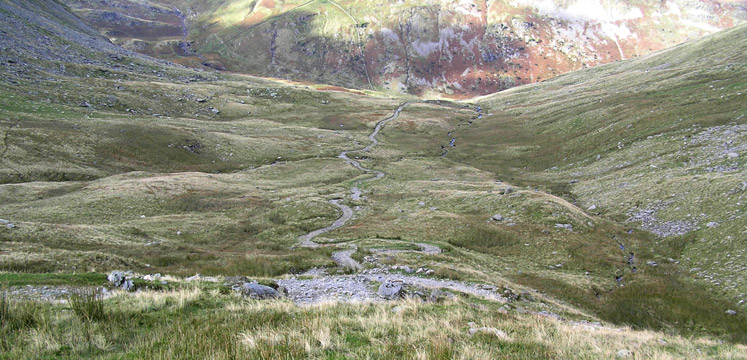
Once you’re on the track, there are really no places to pull off and allow others to pass, so breaking down would be a very bad thing - especially as there is no mobile phone signal at all. Because of this, it’s vital to make sure that you and your vehicle are well prepared.
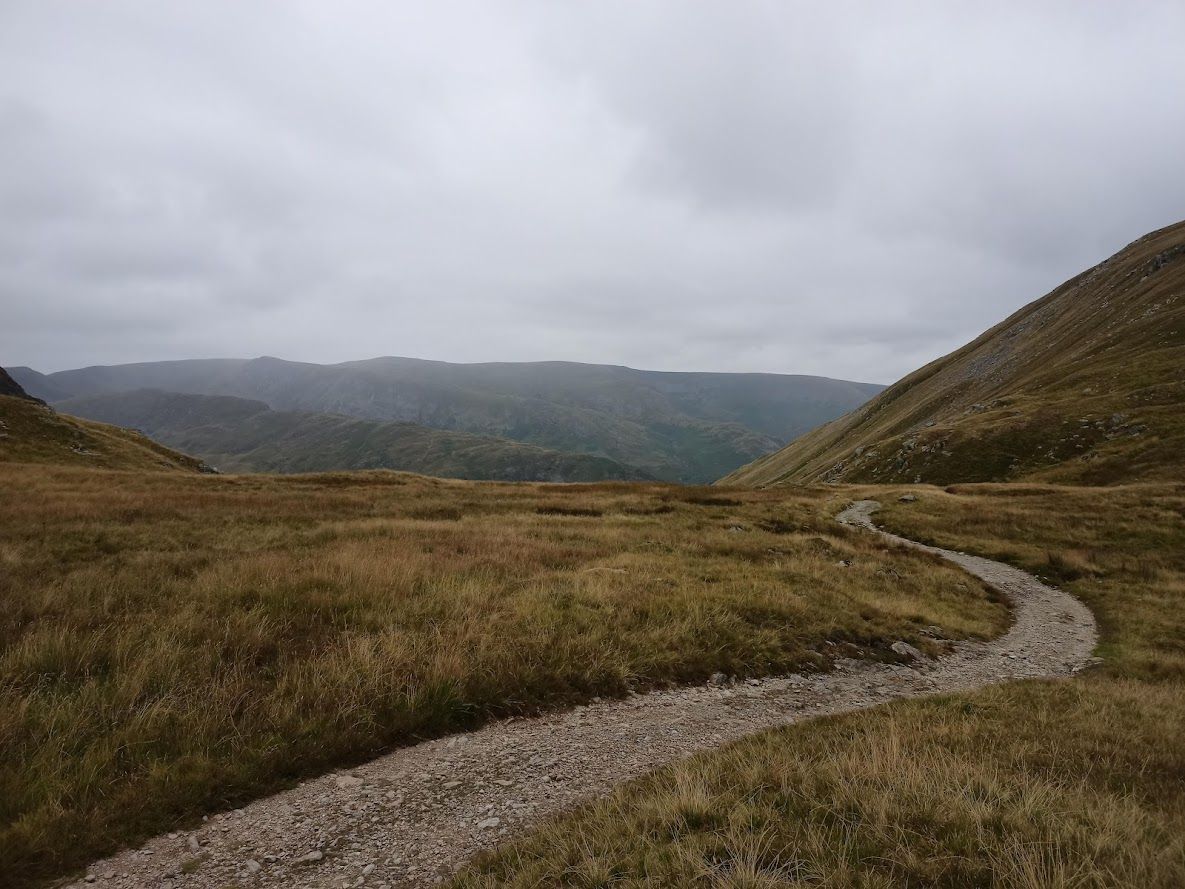
Conventional wisdom states that this is one of the most challenging green lanes in the country, so a Panda 4x4 is perhaps not the obvious choice - but don’t worry - there was a method to our madness!
One of the key restrictions is around vehicle length - the track is extremely tight and twisty, so there is very little room for manoeuvre. No vehicle with a wheelbase over 100 inches is permitted, so my Mk2 Panda with an 85-inch wheelbase is well inside the limit.
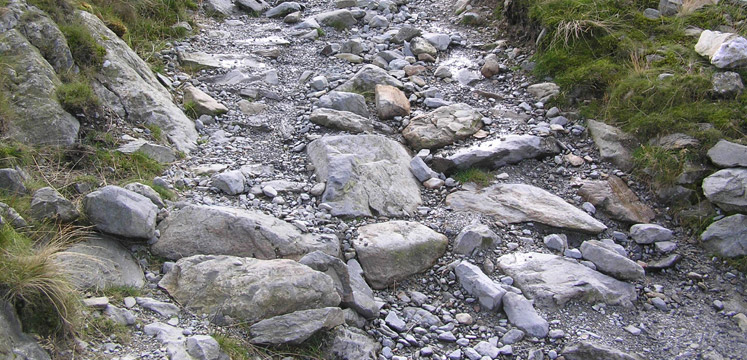
If you watch any videos of other 4x4 vehicles crossing the pass, you’ll see that their main issue is with the tightness of the bends, often requiring lots of careful shuffling back and forth with sheer drops just inches away. I was hopeful that the small size of the Panda would prove to be an key advantage.
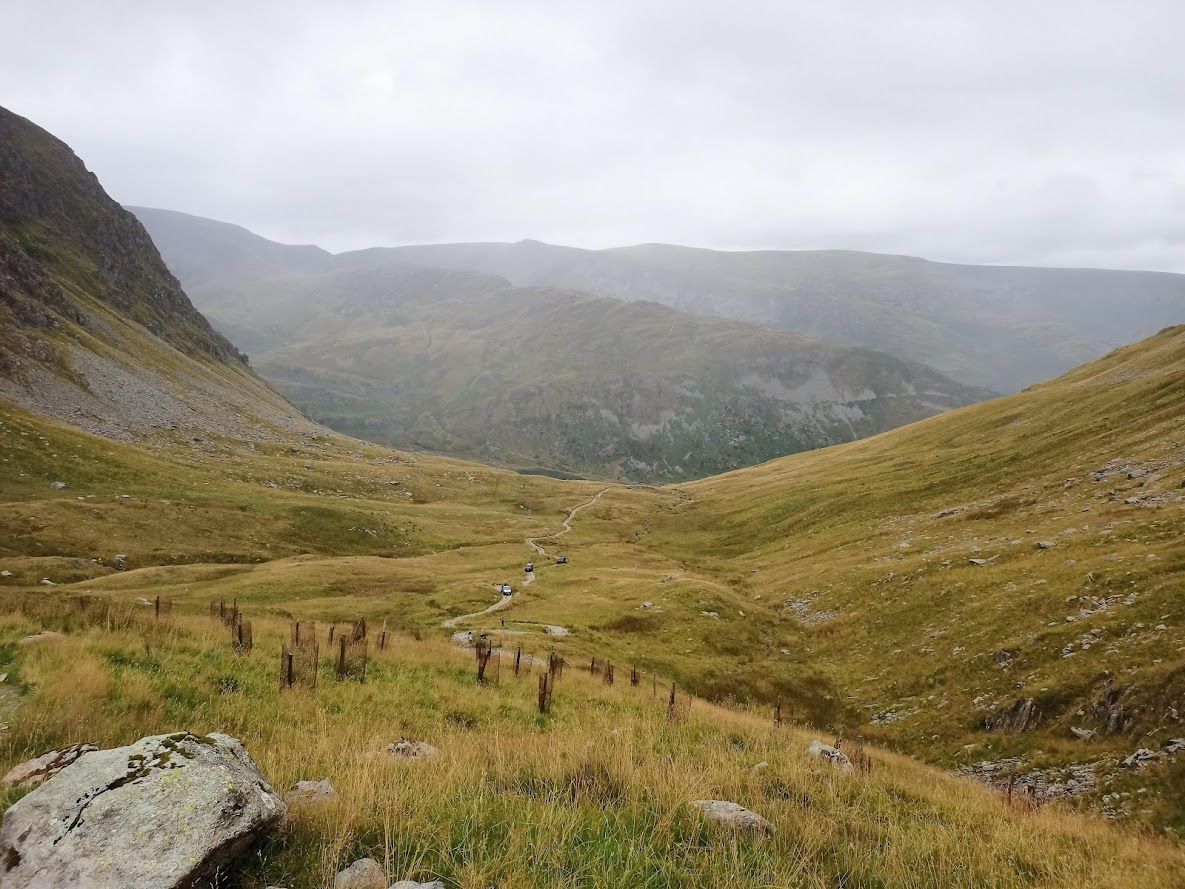
As viewers of the UK Panda 4x4 YouTube channel will know, we’re experienced green lane drivers and we know exactly what our vehicles are capable of - the only thing that tends to stop a Panda 4x4 are deep water, deep mud and deep ruts - three things that are absent on the Gatescarth Pass.
For those who aren’t familiar with a Mk2 Panda 4x4, they have a seriously competent 4WD system from Steyr-Puch, which drives all four wheels at the same time using good old-fashioned mechanical means - there are no traction control systems or fancy ABS tricks. It’s a completely 50/50 power split between front and rear which never varies. There’s no centre diff so 4WD is for loose surfaces only, and there are no diff locks.
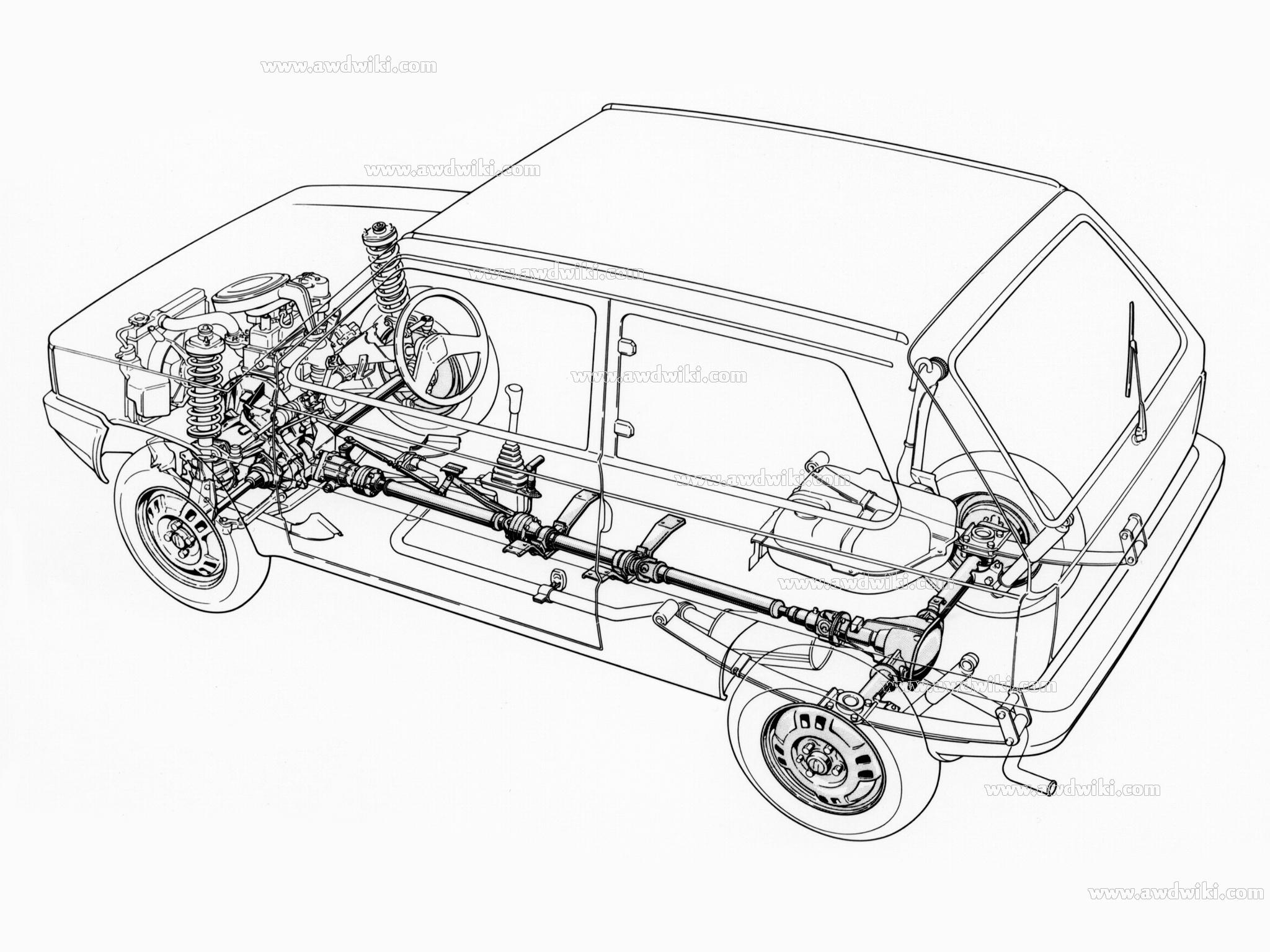
Although they don’t have a low range, they do have a lowered gear ratios (first is ultra low, second is effectively first from a 2WD Panda, third is second, etc.) which does the same job to some extent (with the extremely low weight of the vehicle it’s surprisingly effective). The lightness (around 780kg) should also be helpful in avoiding damage to the track from spinning wheels - or that was the theory at least.
The downsides are the mere 44bhp provided by the 998cc FIRE engine, the 145 80 R13 Malatesta Trac tyres are grippy but have a small rolling radius, and the ground clearance isn't amazing - although unlike modern cars there's not a lot of useless plastic to snag on the rocks so the approach and departure angles aren't bad.
So it was that our permits were approved, and we met at the car park early on the 4th of September 2021. The marshalls were already present, and after the traditional chuckling at our vehicles, we discussed the track and conditions with them and agreed that we should be OK to attempt a crossing. Here’s how it went:
There are a few things that perhaps don’t come across in the video that I’d like to explain a little more. Firstly, my handbrake - totally inadequate for the conditions, and entirely my fault. I knew it wasn’t great, but it really showed up how bad it was and I would make sure it was spot on before making this journey in future.
Secondly, although it might appear that we struggled on the lane, that’s not really the case. There was only one section that was a problem, and as the video shows it was affecting the Land Rovers in the same way - they just had enough power to push through it, whereas I found the limitation of 998cc quite quickly!
It’s very difficult to tell in the video, but at that point the hill was extremely steep and much of the surface consisted of lots of small stones, almost like marbles. This meant that the car was spinning all four wheels and sliding left and right no matter what you did. It was quite similar to driving on ice, but up a cliff face!
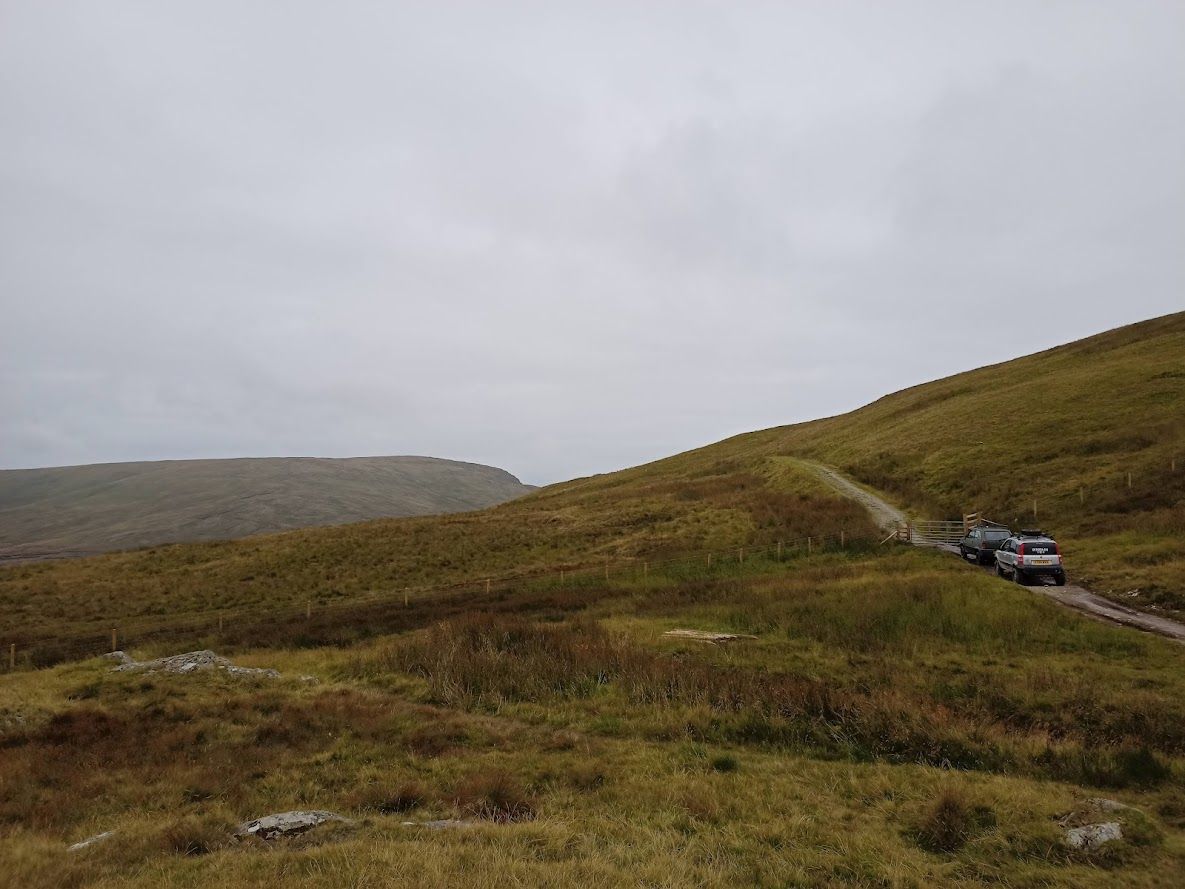
Once forward momentum stopped, it was very difficult to get going again due to a couple of rock steps - on any other track I would have taken a different line, but it was so narrow that there just weren’t any options. Likewise, a run-up would have seen me bounce up the steps, but there wasn’t anywhere suitable to go back to.
If I’d had more power I could have crawled up the rocks, but that’s not the Panda’s game. I was also trying not to spin the wheels too much as instructed, you can see that the Defender and Discos that come up after us just boot it and use power to get over the same section.
The next section is the classic ‘twisty’ hill climb, as mentioned earlier this can be tricky in a longer vehicle but my earlier theory was proven - I drove this section in one go, with no shunting required and no difficulties at all.
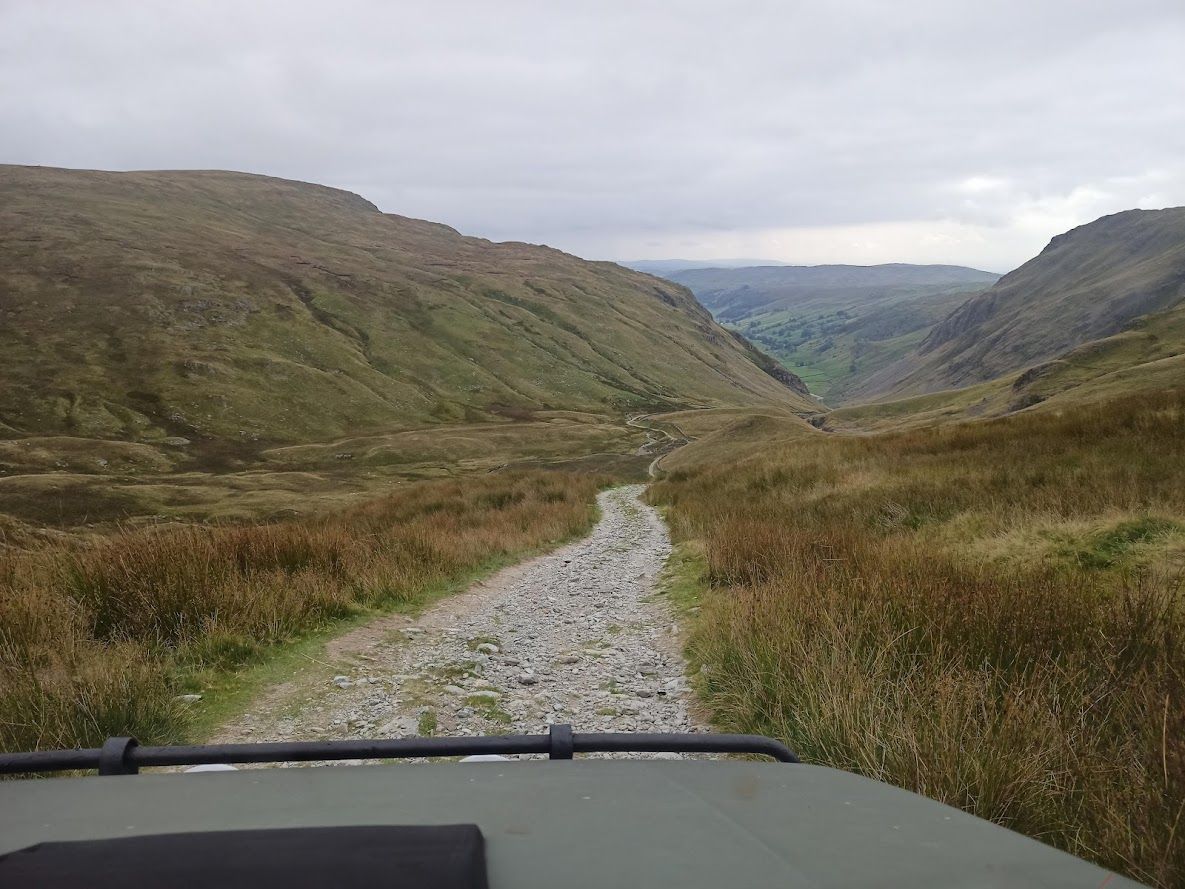
After stopping at the top to admire the scenery for a while, the descent began. Most of this was straightforward, with just a couple of steep hills and tight bends to gently ease down - again the weight helps here, you don’t tend to slide in a Panda like you would in a heavy 4x4.
Once we got to the end of the track, we headed down another green lane which begins right where Gatescarth Pass ends (Stile End - NY4605-02) - this was another fun lane, which didn’t pose any real issues and it’s been featured in another UK Panda 4x4 video before (although this was my first time driving it).
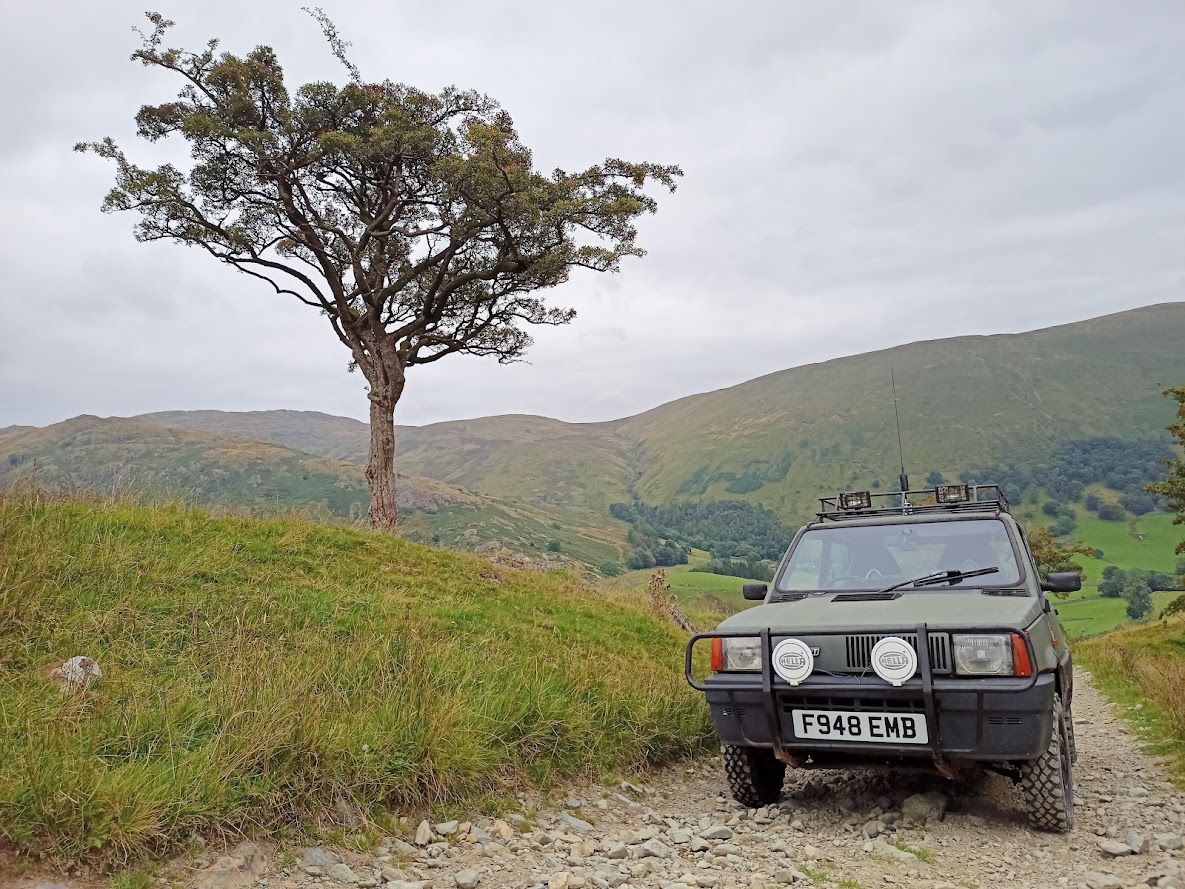
In conclusion then - is a Mk2 Panda 4x4 the right vehicle for Gatescarth Pass? In dry weather, I’d say it has a strong shout - apart from the small section shown in the video, there were no other issues at all and I think the ‘tread lightly’ approach that you’re able to take in a Panda 4x4 really suits the nature of the track.
Having said that, if the weather was bad then I would seriously think twice before attempting it in a Panda - once momentum is lost, it’s very difficult to regain it with the lack of horsepower available, and I can see that if the rocks were slippery then the crossing could potentially be very dangerous.
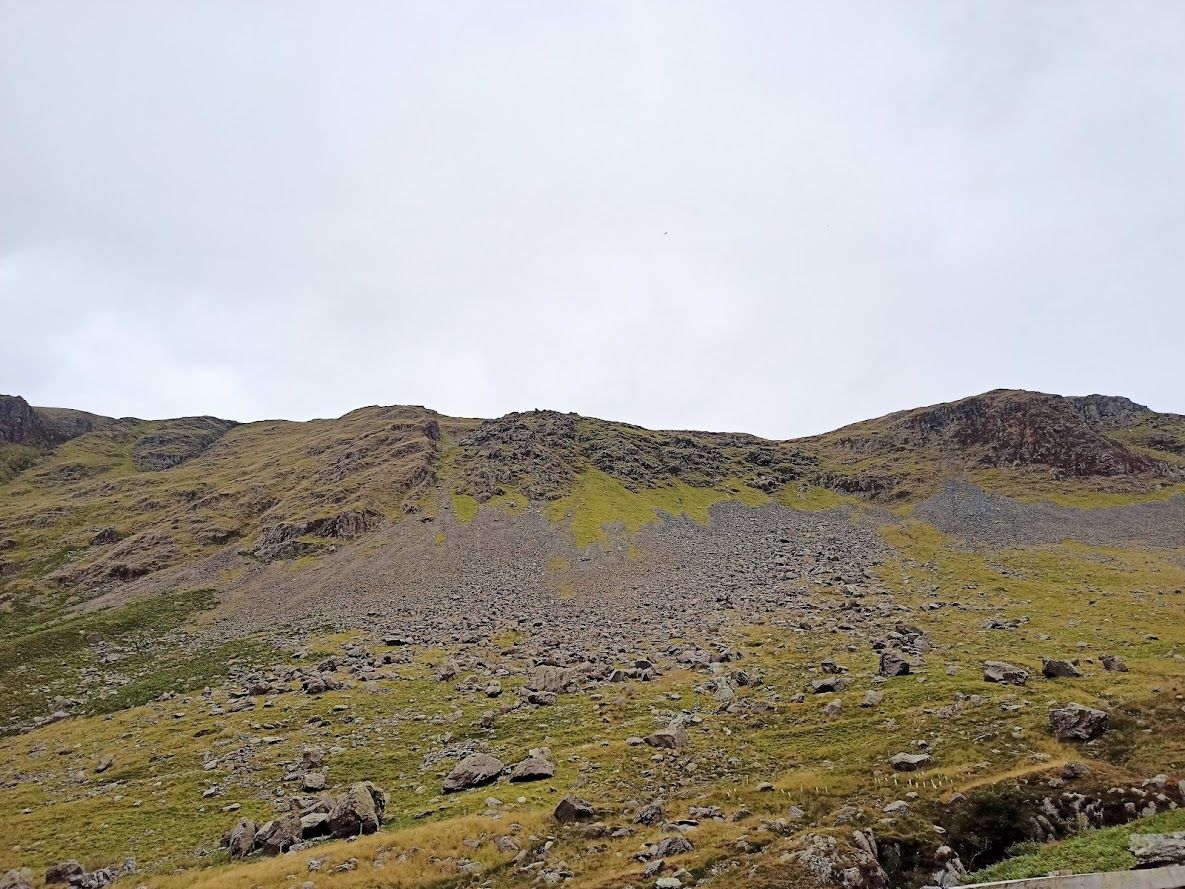
Overall, this is an incredible lane to experience, especially as the restrictions and limited numbers mean you’re not constantly having to think about traffic coming the other way or waiting behind you. This allows you to take your time and enjoy the wonderful scenery.
If you know what you’re doing, and you have the right vehicle, then I’d highly recommend making this trip. Hope this has helped!
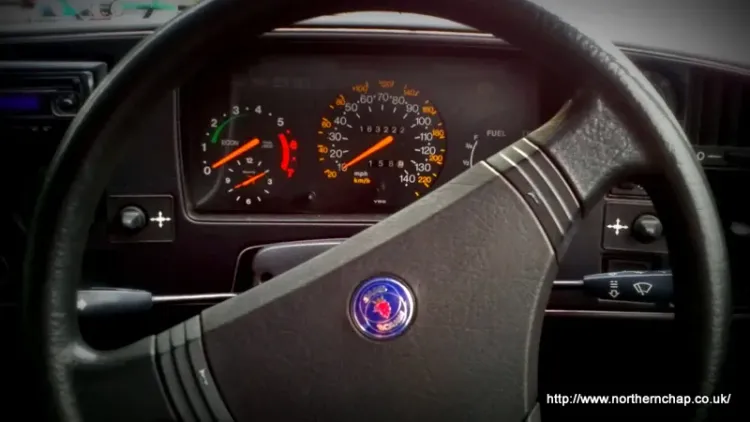
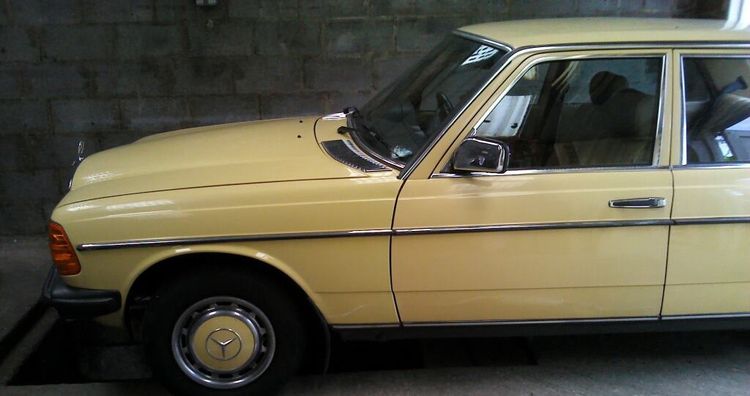
Member discussion